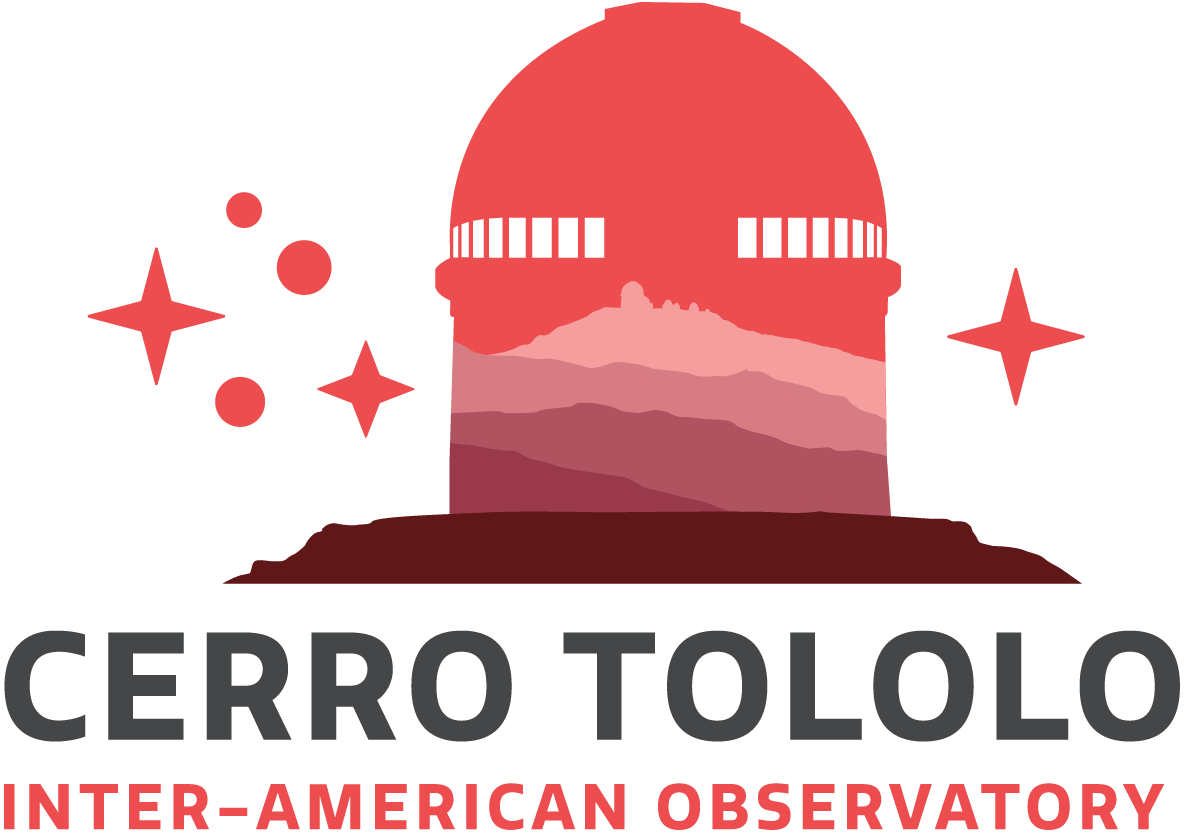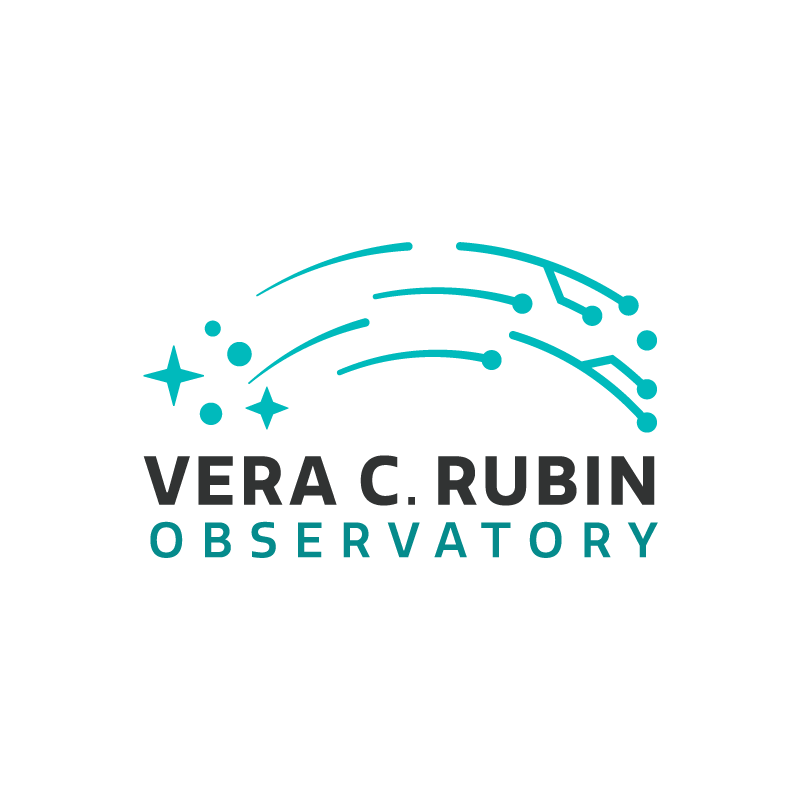Largest Collection of Free-Floating Planets Found in the Milky Way
The more than 70 sunless worlds are each roughly the mass of Jupiter
22 December 2021
Using observations and archival data from several of NSF NOIRLab’s observatories, together with observations from telescopes around the world and in orbit, astronomers have discovered at least 70 new free-floating planets — planets that wander through space without a parent star — in a nearby region of the Milky Way. This is the largest sample of such planets found in a single group and it nearly doubles the number known over the entire sky.
Researchers have discovered a group of free-floating planets — planets not orbiting a star — in a nearby region of the Milky Way known as the Upper Scorpius OB stellar association. At least 70, and as many as 170 of these Jupiter-sized planets have been found by examining data from over 20 years of observations [1]. The first free-floating planets were discovered in the 1990s, but the latest findings have almost doubled the total number known.
To find these planets, the study's first author, Núria Miret-Roig of the Laboratoire d’Astrophysique de Bordeaux, at the University of Bordeaux in France, with a team of astronomers, used observations and archival data from a number of large observatories, including facilities from NSF NOIRLab, telescopes of the European Southern Observatory, the Canada-France-Hawaii Telescope, and the Subaru Telescope, amounting to 80,000 wide-field images over 20 years of observations.
Hervé Bouy, an astronomer at the Laboratoire d’Astrophysique de Bordeaux, and project leader of the research, says that the discovery of so many free-floating planets would not have been feasible without access to NOIRLab’s Astro Data Archive and Astro Data Lab Science Platform operated at the Community Science and Data Center (CSDC).
The data include 247 images from the NEWFIRM extremely wide-field infrared imager at Kitt Peak National Observatory (KPNO) in Arizona, 1348 images from the same NEWFIRM instrument after it was relocated to the Cerro Tololo Inter-American Observatory (CTIO) in Chile, 2214 images from the Infrared Side Port Imager that was previously operating on the Víctor M. Blanco 4-meter Telescope at CTIO, and 3744 images from the Dark Energy Camera.
“The treasure trove available in the NOIRLab Astro Data Archive has been fundamental to this study,” Bouy says. “We needed very deep and wide-field images in both the optical and near-infrared, spanning a long time baseline. So the Dark Energy Camera and NEWFIRM were very appealing for our project because they are among the most sensitive wide-field cameras in the world.”
One of the highest-performance, wide-field CCD imagers in the world, the Dark Energy Camera was designed for the Dark Energy Survey funded by the Department of Energy (DOE). It was built and tested at DOE’s Fermilab, and was operated by the DOE and National Science Foundation (NSF) between 2013 and 2019. At present the Dark Energy Camera is used for programs covering a huge range of science. The analysis of data from the Dark Energy Survey is supported by the DOE and the NSF.
“This project illustrates the incredible importance of providing access to archival data from different telescopes, not just throughout the US, but worldwide,” says Chris Davis, Program Officer at the National Science Foundation for NSF NOIRLab. “This is something NOIRLab and specifically the CSDC has been working hard to enable over a number of years, and continues to do so with support from NSF.”
The free-floating planets lie in the Upper Scorpius OB association, which is 420 light-years away from Earth. This region contains a number of the most famous nebulae, including the Rho Ophiuchi cloud, the Pipe Nebula, Barnard 68, and the Coalsack.
Free-floating planets have mostly been discovered via microlensing surveys, in which astronomers watch for a brief chance alignment between an exoplanet and a background star. However, microlensing events only happen once, meaning follow-up observations are impossible.
These new planets were discovered using a different method. These planets, lurking far away from any star illuminating them, would normally be impossible to image. However, Miret-Roig and her team took advantage of the fact that, in the few million years after their formation, these planets are still hot enough to glow, making them directly detectable by sensitive cameras on large telescopes. Miret-Roig’s team used the 80,000 observations to measure the light of all the members of the association across a wide range of optical and near-infrared wavelengths and combined them with measurements of how they appear to move across the sky.
“We measured the tiny motions, the colors and luminosities of tens of millions of sources in a large area of the sky,” explains Miret-Roig. “These measurements allowed us to securely identify the faintest objects in this region.”
The discovery also sheds light on the origin of free-floating planets. Some scientists believe these planets can form from the collapse of a gas cloud that is too small to lead to the formation of a star, or that they could have been kicked out from their parent system. But which is the actual mechanism remains unknown.
The ejection model suggests that there could be even greater numbers of free-floating planets that are Earth-sized. “The free-floating Jupiter-mass planets are the most difficult to eject, meaning that there might even be more free-floating Earth-mass planets wandering the galaxy,” says Miret-Roig.
It is expected that Vera C. Rubin Observatory could find many more free-floating planets when it begins scientific operations this decade.
Notes
[1] The range in the number of free-floating planets occurs because the mass of the objects is not measured directly in this study. Objects larger than 13 Jupiter masses are not likely to be planets. An upper limit on the mass of the objects was inferred from their brightness, which is dependent on their age. Since the age of the stellar association in which these planets reside is only known to a given certainty, the exact number of planets is also uncertain.
More information
This research was presented in a paper “A rich population of free-floating planets in the Upper Scorpius young stellar association” to appear in Nature Astronomy.
The team is composed of Núria Miret-Roig (Laboratoire d’Astrophysique de Bordeaux, Univ. Bordeaux, CNRS, France (LAB); University of Vienna, Department of Astrophysics, Austria), Hervé Bouy (LAB), Sean N. Raymond (LAB), Motohide Tamura (Department of Astronomy, Graduate School of Science, The University of Tokyo, Japan; Astrobiology Center, National Institutes of Natural Sciences, Tokyo, Japan [ABC-NINS]), Emmanuel Bertin (CNRS, UMR 7095, Institut d’Astrophysique de Paris, France [IAP]; Sorbonne Université, IAP, France) David Barrado (Centro de Astrobiología [CSIC-INTA], Depto. de Astrofísica, ESAC Campus, Spain), Javier Olivares (LAB), Phillip Galli (LAB), Jean-Charles Cuillandre (AIM, CEA, CNRS, Université Paris-Saclay, Université de Paris, France), Luis Manuel Sarro (Depto. de Inteligencia Artificial, UNED, Spain) Angel Berihuete (Depto. Estadística e Investigación Operativa, Universidad de Cádiz, Spain) & Nuria Huélamo (CSIC-INTA).
NSF NOIRLab (National Optical-Infrared Astronomy Research Laboratory), the US center for ground-based optical-infrared astronomy, operates the international Gemini Observatory (a facility of NSF, NRC–Canada, ANID–Chile, MCTIC–Brazil, MINCyT–Argentina, and KASI–Republic of Korea), Kitt Peak National Observatory (KPNO), Cerro Tololo Inter-American Observatory (CTIO), the Community Science and Data Center (CSDC), and Vera C. Rubin Observatory (operated in cooperation with the Department of Energy’s SLAC National Accelerator Laboratory). It is managed by the Association of Universities for Research in Astronomy (AURA) under a cooperative agreement with NSF and is headquartered in Tucson, Arizona. The astronomical community is honored to have the opportunity to conduct astronomical research on Iolkam Du’ag (Kitt Peak) in Arizona, on Maunakea in Hawai‘i, and on Cerro Tololo and Cerro Pachón in Chile. We recognize and acknowledge the very significant cultural role and reverence that these sites have to the Tohono O'odham Nation, to the Native Hawaiian community, and to the local communities in Chile, respectively.
Links
Contacts
Núria Miret-Roig
Department of Astrophysics, University of Vienna
Vienna, Austria
Tel: +43 1427753845
Email: nuria.miret.roig@univie.ac.at
Hervé Bouy
Laboratoire d'Astrophysique de Bordeaux, Université de Bordeaux
Pessac, France
Tel: +33 5 40 00 32 94
Email: herve.bouy@u-bordeaux.fr
Amanda Kocz
NSF NOIRLab Communications
Tel: +1 520 318 8591
Email: amanda.kocz@noirlab.edu
About the Release
| Release No.: | noirlab2131 |
| Facility: | Nicholas U. Mayall 4-meter Telescope, Víctor M. Blanco 4-meter Telescope |
| Instruments: | DECam, ISPI, NEWFIRM |
| Science data: | 2022NatAs...6...89M |










